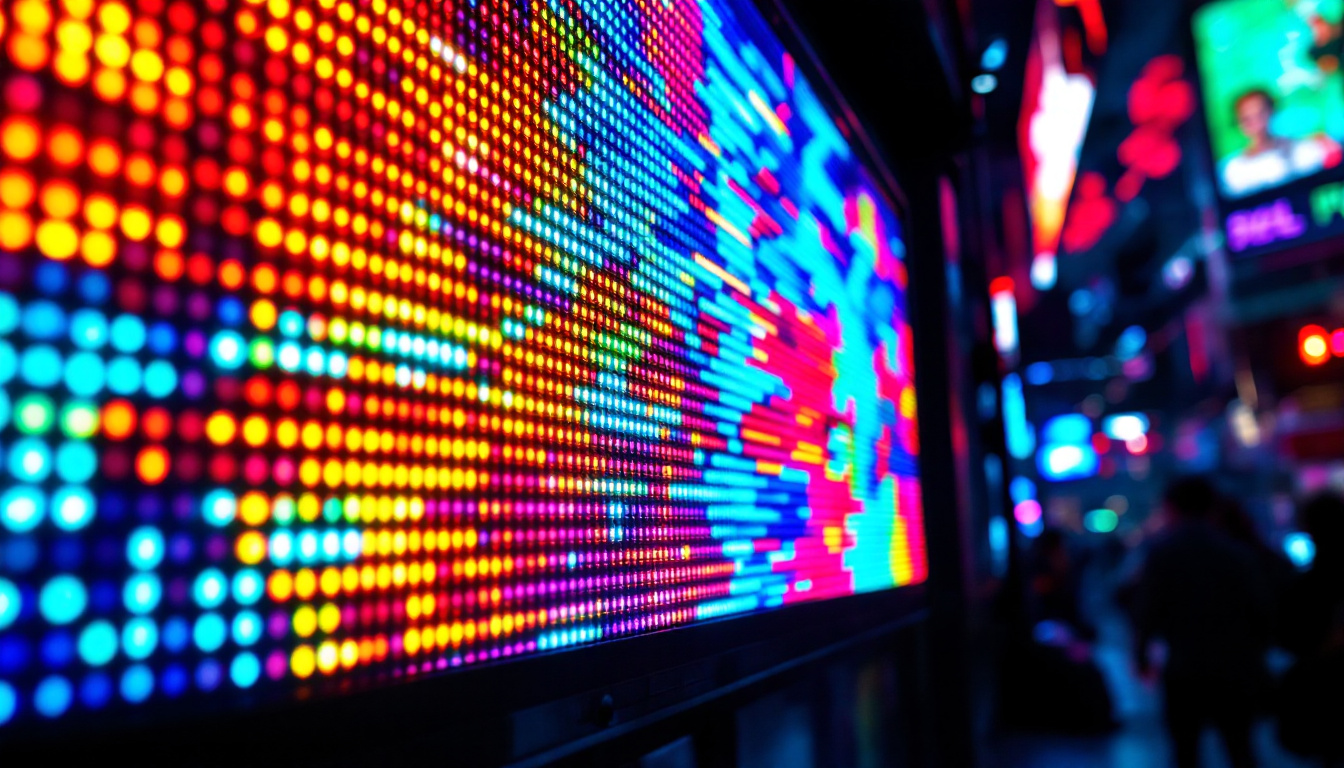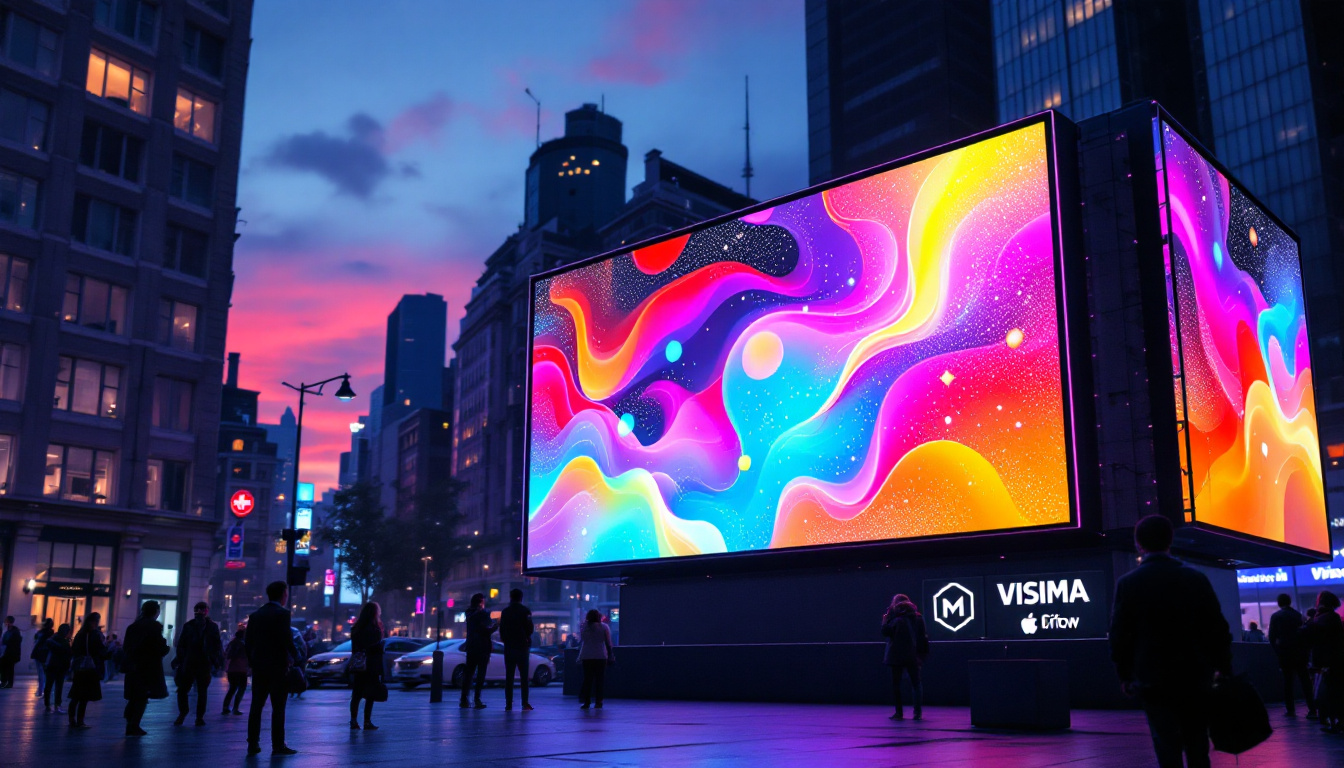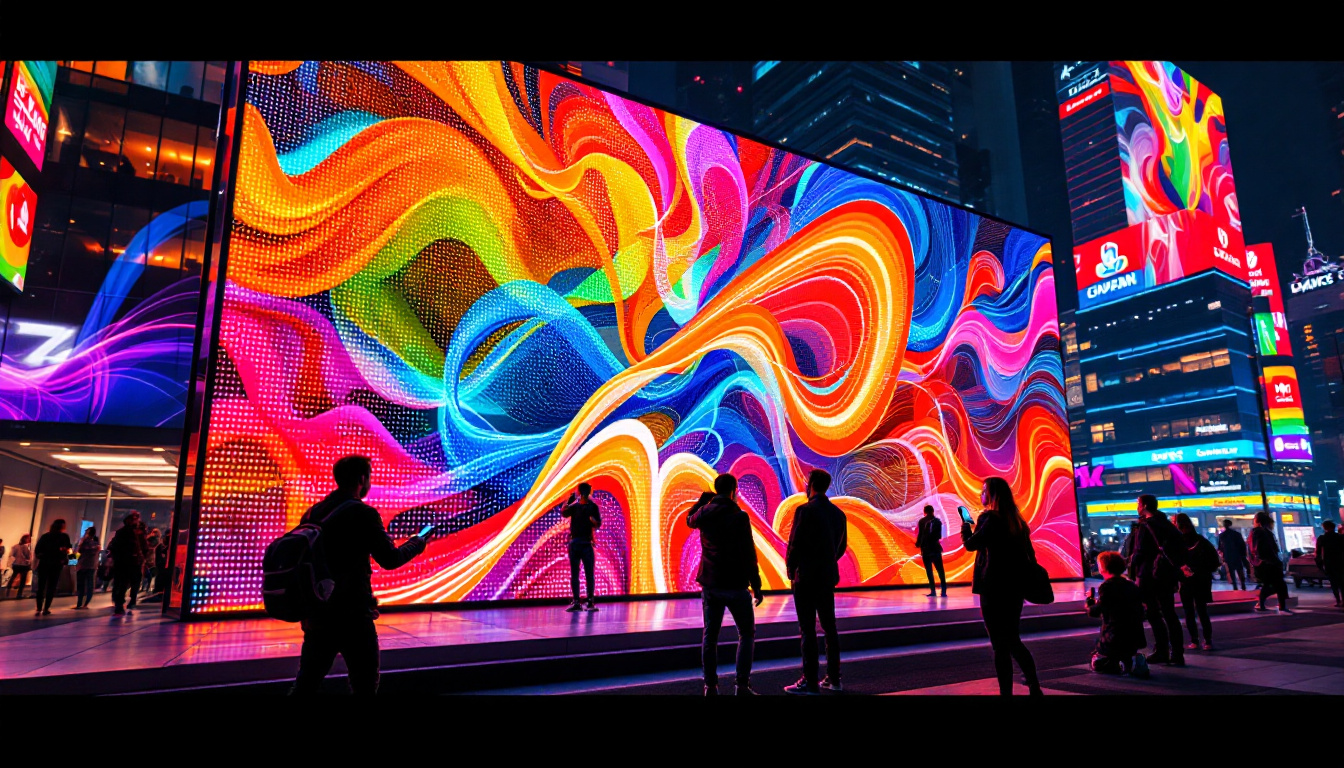Difference Between LED LCD: LED Display Explained
The world of television and display technology can often be confusing, particularly when it comes to understanding the differences between LED and LCD displays. With a plethora of terms and acronyms, it’s essential to clarify these concepts to make informed purchasing decisions. This article will delve into the distinctions between LED and LCD displays, exploring their functionalities, advantages, and applications.
Understanding LCD Technology
Liquid Crystal Display (LCD) technology has been a cornerstone of modern display systems since its inception. It utilizes liquid crystals sandwiched between layers of glass or plastic, which modulate light to create images. While LCDs were initially limited in terms of brightness and color reproduction, advancements have significantly improved their performance. The evolution of LCD technology has also paved the way for various applications, from smartphones and tablets to large-scale televisions and computer monitors, making it an integral part of our daily lives.
How LCD Works
At the heart of LCD technology is the manipulation of light. The display consists of a backlight, typically fluorescent, that shines through the liquid crystals. When an electric current is applied, the crystals align in a manner that either blocks or allows light to pass through, creating the desired image. The use of color filters enables the display to produce a wide range of colors, making it suitable for various applications. Additionally, the incorporation of technologies such as In-Plane Switching (IPS) has enhanced viewing angles and color accuracy, allowing users to enjoy vibrant visuals from different perspectives.
Advantages of LCD Displays
LCD displays offer several advantages over older technologies, such as cathode-ray tubes (CRTs). They are generally lighter, thinner, and more energy-efficient, making them ideal for portable devices and wall-mounted televisions. Additionally, LCDs provide excellent image clarity and sharpness, making them popular for both personal and professional use. The low power consumption of LCDs also contributes to their environmental appeal, as they generate less heat and consume less electricity compared to their CRT counterparts, further promoting energy conservation in a world increasingly focused on sustainability.
Limitations of LCD Displays
Despite their many benefits, LCD displays are not without limitations. One of the most significant drawbacks is their reliance on backlighting, which can lead to issues with contrast and black levels. While advancements have been made, true blacks can be challenging to achieve, resulting in a less immersive viewing experience compared to other technologies. Moreover, LCDs can suffer from motion blur during fast-moving scenes, which can detract from the viewing experience in action-packed films or video games. This has led to ongoing research and development aimed at overcoming these challenges, with manufacturers exploring new techniques such as local dimming and faster refresh rates to enhance performance further.
Introduction to LED Technology
Light Emitting Diode (LED) technology is often confused with LCD, but it is essential to understand that LED is actually a type of backlighting used in LCD displays. Essentially, LED technology enhances the performance of traditional LCDs by providing better brightness, contrast, and energy efficiency. This technology has revolutionized the way we experience visual content, from everyday television viewing to professional-grade monitors used in graphic design and video editing.
How LED Backlighting Works
LED backlighting employs small diodes that emit light, replacing the traditional fluorescent tubes used in older LCDs. There are two primary types of LED backlighting: edge-lit and full-array. Edge-lit LED displays have diodes placed along the edges of the screen, while full-array displays feature a grid of diodes behind the screen, allowing for more precise control over brightness and contrast. This grid arrangement enables advanced features like local dimming, where specific areas of the screen can be dimmed or brightened independently, enhancing the overall viewing experience, particularly in high-definition content.
Benefits of LED Displays
The advantages of LED displays are numerous. They offer improved brightness and color accuracy, making them suitable for a wide range of environments, from brightly lit rooms to darkened theaters. Additionally, LED technology is more energy-efficient than traditional LCDs, leading to lower electricity bills and a reduced environmental impact. This energy efficiency not only benefits consumers but also contributes to a more sustainable future, as reduced power consumption translates to lower greenhouse gas emissions. Furthermore, the longevity of LED displays means less frequent replacements, which can also mitigate electronic waste.
Limitations of LED Displays
While LED displays provide significant improvements over standard LCDs, they are not without their challenges. The cost of LED technology can be higher, particularly for full-array models. Furthermore, edge-lit displays may suffer from uneven lighting and limited contrast, particularly in darker scenes. Another consideration is the potential for color shifting when viewed from off-angles, which can detract from the viewing experience in multi-user settings. Additionally, the rapid advancement of technology means that consumers may find themselves facing a steep learning curve when it comes to selecting the right LED display for their needs, as new features and specifications continue to evolve.
Comparing LED and LCD Displays
To fully grasp the differences between LED and LCD displays, it is crucial to compare their features side by side. Understanding these distinctions can help consumers make more informed choices based on their specific needs and preferences.
Brightness and Color Accuracy
One of the most notable differences between LED and traditional LCD displays lies in brightness and color accuracy. LED displays typically offer superior brightness levels, making them more suitable for viewing in well-lit environments. Additionally, the enhanced color reproduction capabilities of LED technology allow for a more vibrant and lifelike viewing experience. This is particularly beneficial for activities such as gaming or watching movies, where rich colors and deep contrasts can significantly enhance the overall experience. Furthermore, LED displays often incorporate advanced technologies like Quantum Dot or HDR (High Dynamic Range), which further elevate color accuracy and brightness, providing a viewing experience that closely resembles what the human eye naturally perceives.
Energy Efficiency
Energy efficiency is another critical factor when comparing these two technologies. LED displays consume less power than traditional LCDs, which can lead to significant savings over time. This efficiency is particularly important for consumers who use their displays for extended periods or in multiple rooms. Moreover, the lower energy consumption of LED technology contributes to a reduced carbon footprint, making it a more environmentally friendly option. Many manufacturers are now focusing on sustainability, and choosing an LED display can be a step towards supporting eco-conscious practices. Additionally, some LED models come equipped with features such as automatic brightness adjustment based on ambient light, further enhancing their energy-saving capabilities.
Price Considerations
When it comes to pricing, LED displays generally come at a premium compared to standard LCDs. The advanced technology and improved performance often justify the higher cost for many consumers. However, budget-conscious buyers may still find traditional LCDs to be a viable option, particularly for less demanding applications. It’s worth noting that as LED technology continues to evolve and become more mainstream, the price gap between LED and LCD displays is gradually narrowing. This trend is encouraging for consumers who are looking for high-quality displays without breaking the bank. Additionally, with the rapid advancements in display technology, older models of both LED and LCD displays may see price reductions, making it an opportune time for consumers to explore their options and find a display that fits their budget and needs.
Applications of LED and LCD Displays
Both LED and LCD displays have found their place in various applications, from consumer electronics to commercial use. Understanding the specific use cases for each technology can help consumers choose the right display for their needs.
Consumer Electronics
In the realm of consumer electronics, LED displays have become increasingly popular due to their superior performance and energy efficiency. They are commonly found in televisions, computer monitors, and smartphones. The vibrant colors and sharp images produced by LED technology make it a preferred choice for entertainment and gaming.
Commercial Use
In commercial settings, both LED and LCD displays serve essential roles. LED displays are often used for digital signage, billboards, and advertising due to their brightness and visibility in various lighting conditions. LCDs, on the other hand, are commonly employed in office environments for presentations, video conferencing, and general computing tasks.
Medical and Industrial Applications
In specialized fields such as medicine and industry, both technologies have their advantages. LCD displays are frequently used in medical imaging equipment, where clarity and precision are paramount. LED technology, with its ability to produce bright and clear images, is utilized in various industrial applications, including monitoring systems and control panels.
The Future of Display Technology
As technology continues to evolve, the future of display systems is poised for exciting developments. Innovations in LED and LCD technology are likely to enhance performance, reduce costs, and expand applications across various industries.
Emerging Technologies
One of the most promising advancements in display technology is the development of OLED (Organic Light Emitting Diode) displays. Unlike traditional LCDs, OLEDs do not require backlighting, allowing for true blacks and a wider color gamut. As this technology matures, it may challenge the dominance of both LED and LCD displays in the market.
Smart Displays
Another trend is the integration of smart technology into displays. Smart TVs and monitors are becoming increasingly popular, offering features such as internet connectivity, streaming capabilities, and voice control. This integration is likely to continue, making displays more versatile and user-friendly.
Environmental Considerations
As consumers become more environmentally conscious, the demand for energy-efficient displays is on the rise. Manufacturers are focusing on sustainable production methods and materials, which could lead to greener options in both LED and LCD technologies. This shift not only benefits consumers but also contributes to a more sustainable future.
Conclusion
Understanding the differences between LED and LCD displays is essential for making informed decisions in today’s technology-driven world. While LED technology enhances the performance of traditional LCDs, both have their unique advantages and applications. As advancements continue to shape the landscape of display technology, consumers can expect even more choices that cater to their specific needs and preferences.
Whether opting for the vibrant colors and energy efficiency of LED displays or the affordability and reliability of traditional LCDs, it is crucial to consider factors such as brightness, energy consumption, and intended use. With the right information, consumers can select displays that not only meet their requirements but also enhance their viewing experience.
Explore Cutting-Edge LED Displays with LumenMatrix
Ready to experience the ultimate in display technology? LumenMatrix is at the forefront of LED innovation, offering a wide range of LED display solutions tailored to your needs. From captivating Indoor LED Wall Displays to dynamic Outdoor LED Wall Displays, and from versatile Vehicle LED Displays to stunning LED Sports Displays, we have it all. Elevate your visual communication with our LED Poster Displays, Floor LED Displays, Custom LED Displays, All-in-One LED Displays, and LED Transparent Displays. Embrace the future of digital signage with LumenMatrix and create visual experiences that leave a lasting impression. Check out LumenMatrix LED Display Solutions today and see how we can help you share your message with impact and clarity.































